The Princess and the Goblin, followed by The Princess and Curdie, was originally published in 1872 by Strahan & Co., London with black-and-white illustrations by Arthur Hughes.
As editor of the magazine Good Words for the Young, MacDonald had a ready audience for “fairy tale” and “children’s” stories, and produced some of his most famous titles during this period of his writing life. The third of his stories for the magazine, The Princess and the Goblin, is universally acclaimed as MacDonald’s best pure fairy tale, and has been enchanting readers for well over a century.
This story of princess Irene, her mysterious ageless namesake “grandmother,” and miner’s son Curdie surely provided inspiration for C.S. Lewis’s Chronicles of Narnia. G.K. Chesterton wrote of it in 1924, “I…can really testify to a book that has made a difference to my whole existence, which has helped me to see…a vision of things…so real….Of all the stories I have read…it remains the most real, the most realistic, in the exact sense of the phrase the most like life. It is called The Princess and the Goblin, and it is by George MacDonald.”
(Source: The Cullen Collection)
“The truest princess is just the one who loves all her brothers and sisters best, and who is most able to do them good by being humble towards them.”
Recommended Editions and Adaptions
WRITTEN WORKS
From Johannesen Printing & Publishing (hardcover)
The Cullen Collection edition, with introduction by Michael Phillips
1920 edition published by David McKay Co. illustrated by Jessie Wilcox Smith
Edition published by Grosset & Dunlap, 1935, with color frontispiece by Maria L. Kirk, and in text illustrations by Arthur Hughes.
Article about the vintage 1877 edition from J.B. Lippincott, by Robert Trexler
Article about a vintage edition from 1943, by Robert Trexler
OTHER MEDIA
Film adaptions available on Amazon
BBC Television adaption
Bringing the Princess and the Goblin to the Stage, by Donna Triggs
Articles about The Princess and the Goblin
VARIOUS SOURCES
Bringing The Princess and the Goblin to the Stage, by Donna Triggs
A mother’s perspective, by Tiffini Oporto
“Imagining Reformed Communities: Discussing Social Myths in George MacDonald's Princess Novels and Christina Rossetti's 'Goblin Market’”, by Christine Chettle
Article within Rethinking George MacDonald: Contexts and Contemporaries, edited by Christopher MacLachlan, John Patrick Pazdziora and Ginger Stelle
NORTH WIND ARCHIVE
The home page of the North Wind Archive can be accessed here.
“A Spiritual Presence in Fairyland: The Great-Great-Grandmother in the Princess Books”, by Maria Gonzalez Davies
“Childhood and Faith in The Princess and the Goblin”, by Rebecca Long
“Fracturing MacDonald: The Princess and the Goblin and ‘Fractured Fairy Tales’”, by Ginger Stelle
“Getting Lost in The Princess and the Goblin”, by Natalie Merglesky
“Knowing God ‘Other-wise’: The Wise Old Woman Archetype”, by Katharine Bubel
“Language, Ideology, and Fairy Tales: George MacDonald’s Fairy Tales as a Social Critique of Victorian Norms of Sexuality and Sex Roles”, by Osama Jarrar
“MacDonald’s Fairy Tales and Fantasy Novels as a Critique of Victorian Middle-Class Ideology”, by Osama Jarrar
“Some Linguistic Moves in the Carroll-MacDonald ‘Literary Game’”, by Fernando Soto
“The Princess and the Goblin and The Princess and Curdie”, by Colin Manlove
“Connecting Dimensions: Direction, Location, and Form in the Fantasies of George MacDonald", by Daniel Creed
WINGFOLD
Wingfold is a quarterly magazine that restores material by and about George MacDonald, in print since 1993. To subscribe, click here. To request any of the following articles that appear in back issues of Wingfold, contact Barbara Amell at b_amell@q.com.
Fall 1996
“1872 Review”
Winter 2008
“1872 Review”
Fall 2014
“Irene’s Clue: The Huntly Thread Factory and The Princess and the Goblin”, by Barbara Amell

